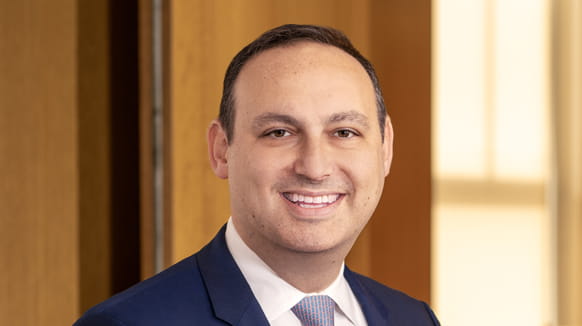A growing number of traditional and crypto-adjacent businesses are strategically adding bitcoin and other digital assets to their balance sheets, marking a significant expansion of the digital asset ecosystem beyond its crypto-native roots. Haynes Boone Partners Peter Halprin and Brian Sung authored an article published by the American Bar Association discussing the importance of D&O insurance in this growing digital asset space.
Read an excerpt below:
Although a broad ecosystem has long existed in the digital assets community (including crypto-native platforms such as centralized exchanges, liquidity providers, lending platforms, custodians and other service providers, and retail investors, high net worth “whales” acting as both venture/seed investors and platform founders, and (in recent years) exchange traded funds and digital asset hedge funds), the sector is now experiencing a rapid increase in new entrants, such as digital asset treasury companies and other traditional businesses holding bitcoin and other digital assets on their balance sheets. See Will Owens, The Rise of Digital Asset Treasury Companies (DATCOs), Galaxy, July 30, 2025.
Some of these holders have an explicit strategy or mandate to acquire and accumulate bitcoin or other digital assets as a primary objective (as well as crypto-adjacent firms such as bitcoin miners, exchanges, fintech payment processors and other service providers, whose holdings are naturally aligned with their businesses). However, a growing number of unrelated businesses are now also continuing to pursue their primary activities while adding bitcoin or other digital asset exposures, either to diversify corporate treasury assets or as an ancillary investment, hedging or other strategic initiative. This includes, for example, household names such as Tesla and GameStop, but also some lesser-known entities such as the coal producer Alliance Resource Partners, the video-sharing and cloud services platform Rumble, and the design software firm Figma.
These holders may also employ leverage, complex capital structure arbitrage, derivative instruments, private investments in public equity special purpose acquisition company (and other complex financing techniques) to facilitate and execute their digital asset accumulation strategies. Such entrants include both private and public listed companies with a range of stakeholders, such as preferred share, convertible debt, warrant and common equity holders. They interface with a variety of transactional partners, some of which are arms’ length counterparties (or even those with no direct privity such as traders of options on the firms’ securities), but some of which may be secured creditors holding liens on the firms’ assets.
Read the full American Bar Association article here.

